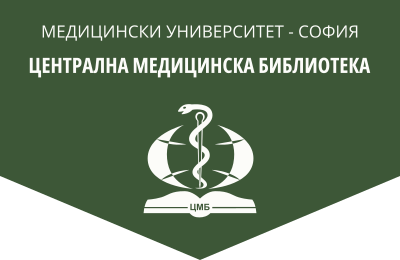Body mass index and its association with risk factors in higher education workers
General Medicine,2023, 25(1), 32-39.
G. Prakova1, G. Sandeva2
1 First Department of Internal Medicine and General Medicine, Faculty of Medicine, Trakia University – Stara Zagora
2 Department of Hygiene, Epidemiology, Microbiology and Parasitology, Faculty of Medicine, Trakia University – Stara Zagora
Abstract. According to the WHO data, 39% of men and 40% of women in the world are overweight, and 11% and 15% are obese, respectively. The main reasons for this are changed behavioral patterns and high-calorie diet combined with low physical activity. The aim of the current study was to investigate body mass index (BMI) and its relationship with health risk factors in higher education workers. Material and methods: The study included 438 employees of Trakia University – Stara Zagora, 137 of whom were men and 301 women. A survey method was used, after the participants gave their informed consent. The studied workers were distributed by gender, age, occupation, work experience in higher education and place of work. Results and discussion: University workers with normal body weight had the highest relative share (41.78%), followed by overweight (36.98%) and mildly obese workers (14.61%). The mean value of BMI for men (28.22) was significantly higher compared to that of women (25.35, p < 0.0001). BMI increased with age (r = 0.24119, p < 0.0001) and with work experience (r = 0.193230, p < 0.0001). An inverse correlation between BMI and the work ability index (WAI) was found (r = -0.059818, p = 0.211506), which points to decreased work ability with increase of body weight and an increased risk of musculoskeletal damage in overweight and obese individuals. An increase in the reported number of musculoskeletal disorders in the studied workers was linked to a reduced work ability index (r=-0.458396, p=0.001). Conclusion: There is a need for workplace health promotion measures in higher education, including education to reduce the risks of unhealthy eating habits, sedentary lifestyle and stress, and the associated chronic noninfectious diseases.
Key words: body mass index, risk factors, higher education
Address for correspondence: Gospodinka Prakova, е-mail: prakova@hotmail.com
